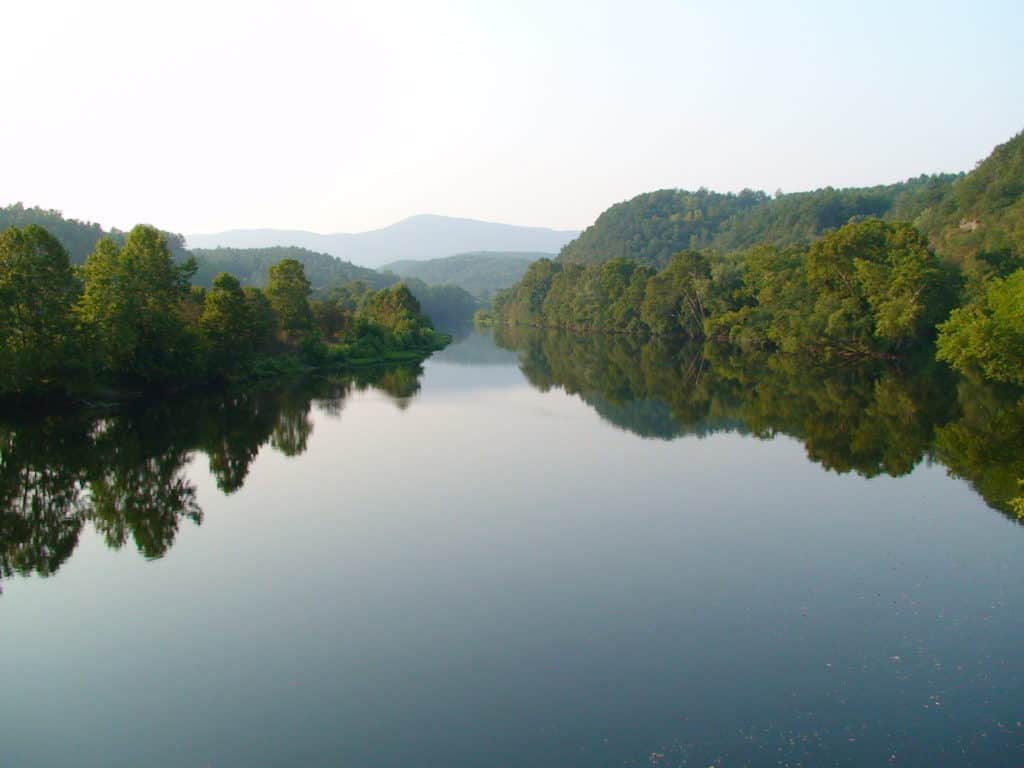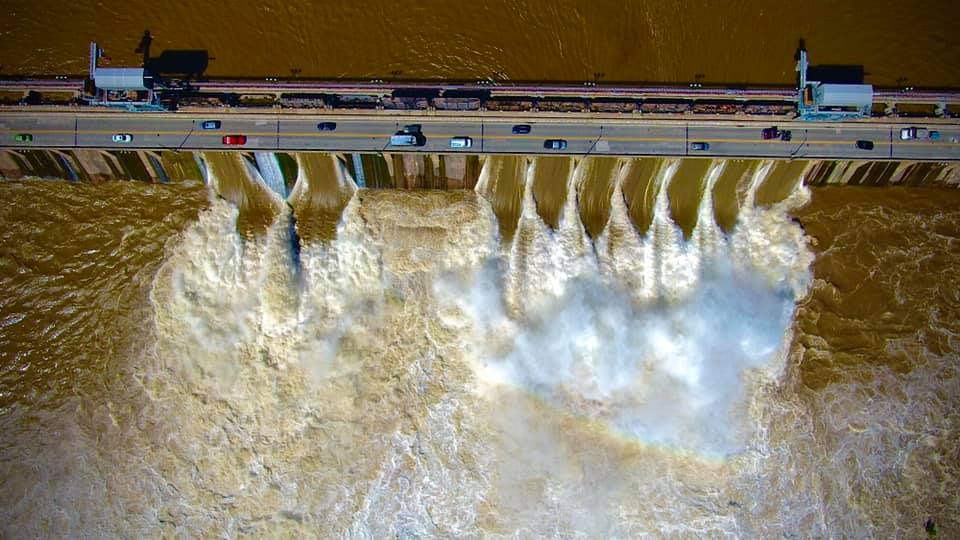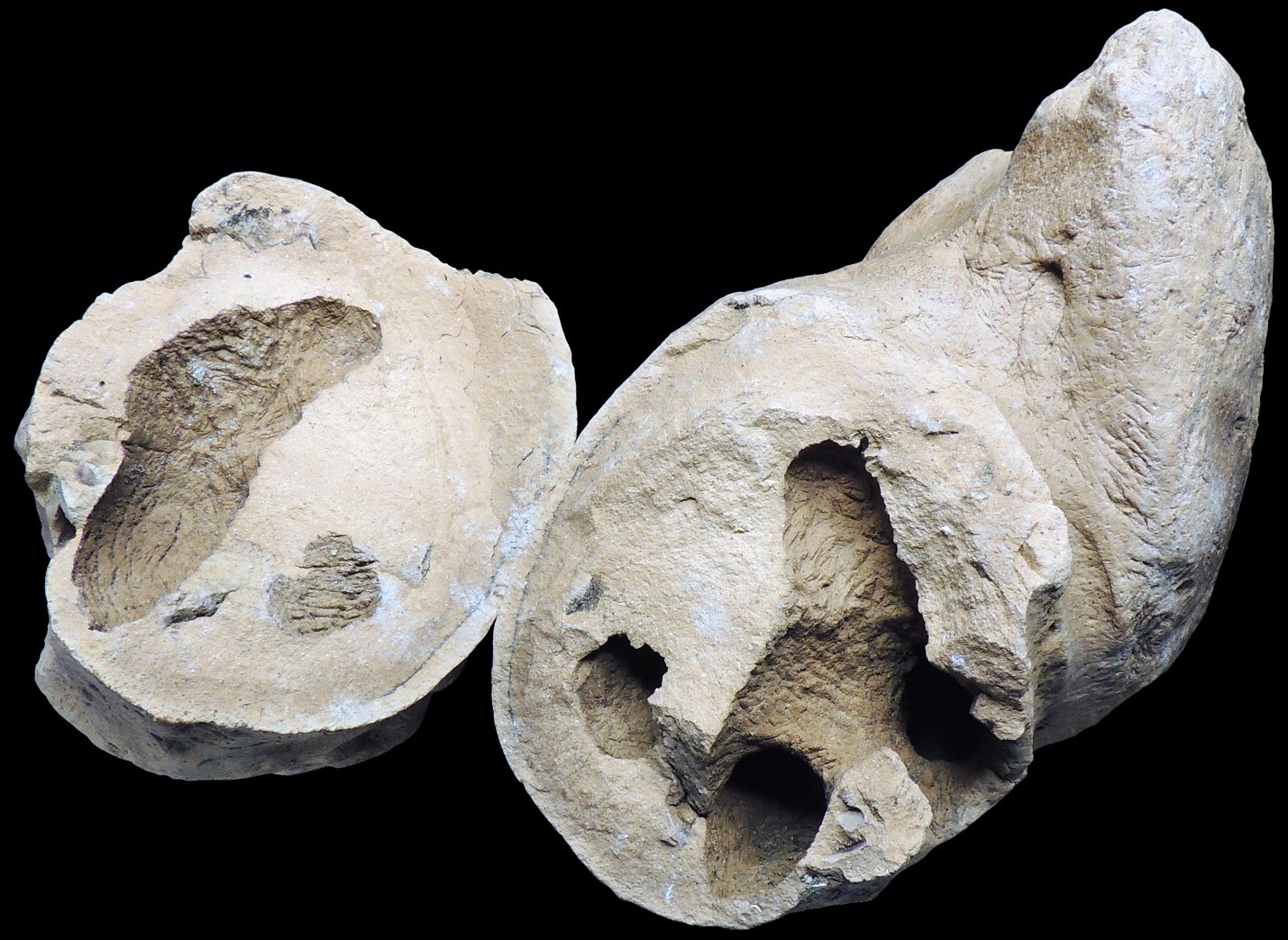Virginia is taking action to protect water quality with a first-of-its-kind chlorophyll limit in the James River.
The Virginia Department of Environmental Quality (DEQ) says the State Water Control Board has approved changes to more strictly regulate the amount of chlorophyll in the James. High chlorophyll levels indicate harmful algal blooms, which can hurt aquatic life as well as humans and pets.
Too much chlorophyll, which is the green pigment in algae and plants, usually means too many nutrients, like nitrogen and phosphorus, are in the water.
According to the Chesapeake Bay Foundation, polluted runoff (agricultural, urban, and suburban), sewage treatment plants, animal feed lots, and industrial sources are primary causes of excess nitrogen and phosphorus in Bay waters.
The tightened chlorophyll limits are based on a seven-year study by the DEQ, and the input of stakeholders, government agencies, and advisory panels.
“This is the culmination of years of water quality monitoring, research, and a lot of hard work by state agencies, universities, wastewater authorities, and other stakeholders,” Chesapeake Bay Foundation Senior Scientist Joe Wood said in a statement.
Wood adds that the chlorophyll revisions would serve as an example for the rest of the Bay. “The James River will be the first river in the region protected by science-based chlorophyll limits designed
to prevent such harmful algal blooms. These limits are a model for how this complex issue can be managed throughout Virginia and beyond.”
To take effect, the revised regulation will need to be approved by the EPA.
-Laura Adams Boycourt




